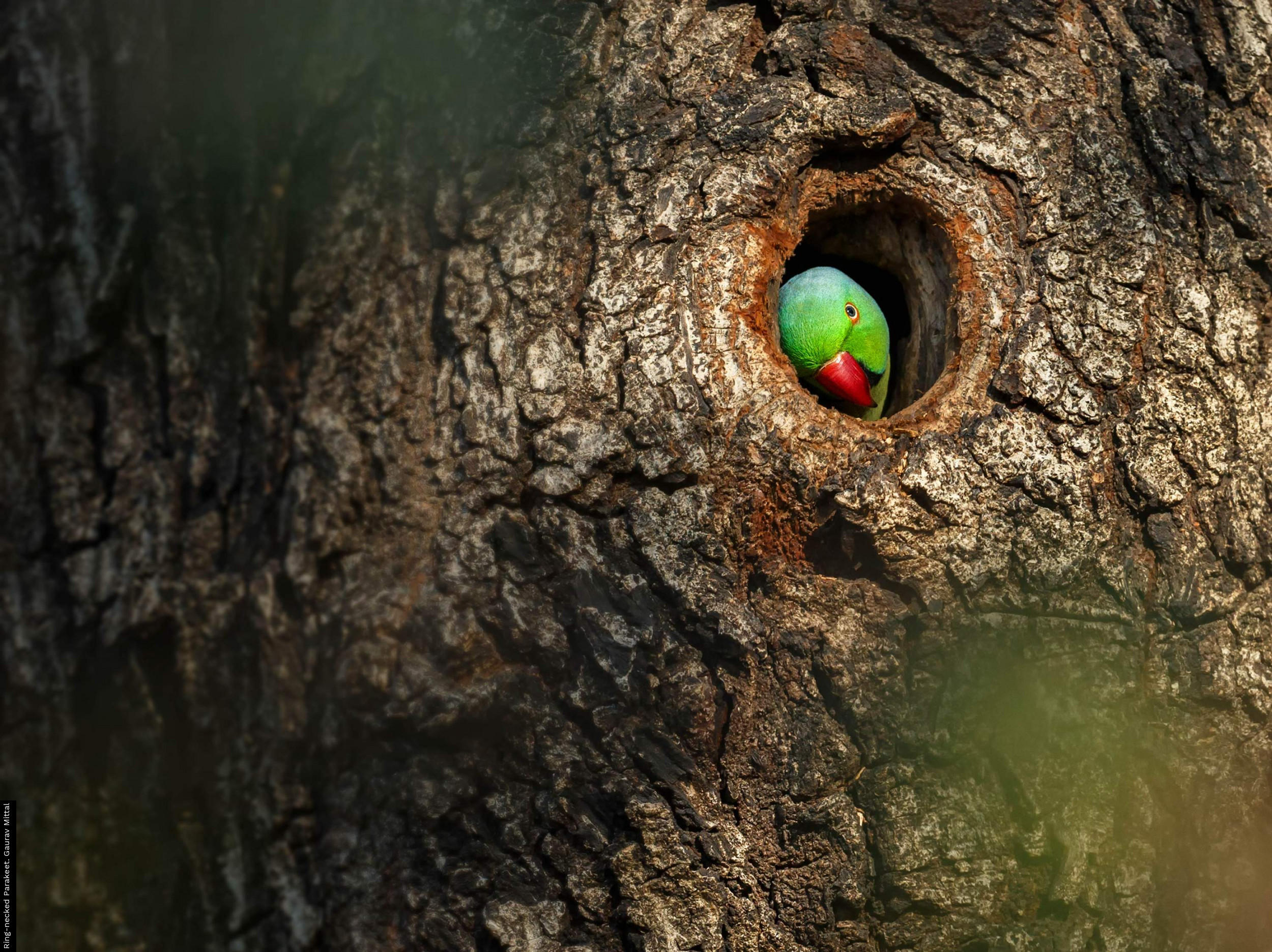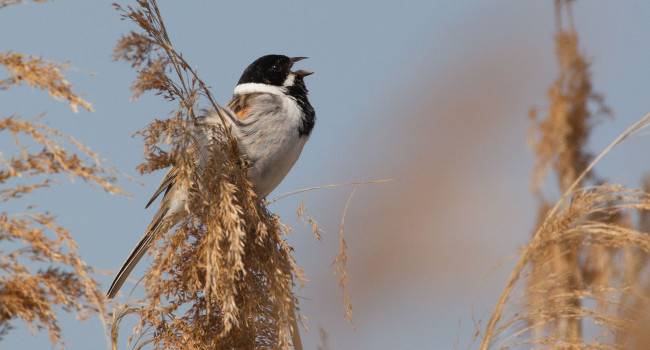
Publisher: Independent Publishing Network
Publication Year: 2022
Binding: Softback
Page Count: 159
ISBN Number: 9781800688216
Price: £ 11.99
A haven for farmland birds: the unexpected treasures of a small patch of arable land in the Cambridge green belt
John Meed’s succinct capsule of the relationship between farmland bird abundance, behaviour, breeding success, and land management on a small patch of East Anglian farmland encompasses so much more than the kilometre square his feet have clearly lovingly tramped for a decade.
In the great tradition of British ornithology, at the heart of this book is a birder’s obsession with their local patch, and their favourite species. However, John also brings into play the knowledge he has amassed by carefully noting local land management and discussing this with local land managers, as well as his own grounding in the wider literature and correspondence with other projects and enthusiasts elsewhere. Nor does he shy away from complex and at sometimes controversial topics, such as predator control and shoot management, communicating his own take on these matters.
Like many people who do this well, John has followed the ‘hourglass format’ perfectly; his introductory summary of the changes to British agriculture over the last century, and the resulting threats to farmland birds, starts off broad and far-reaching. John then takes the reader through a much narrower, in-depth description of two farmland birds of high conservation concern on his patch, the Grey Partridge and Corn Bunting. He then expands his scope again, covering other key farmland bird indicator species and other taxa, and the wider reasons why his patch bucks the trend for farmland bird declines. He finishes on the broader lessons this may have for maintaining and restoring biodiversity on arable farmland across the UK.
Within my own sphere of work with breeding waders, I have come to highly value multi-faceted approaches to farmland bird conservation, but also the power within local individuals’ and groups’ passion; we are lucky to have people like John, who will spend long hours peering over hedgerows and creeping through ditches, caretakers for the great British natural capital we are all too often oblivious of (as the book’s final two pages may sadly indicate). This lovely book is well worth the 144 whistle-stop pages.
Book reviewed by Paul Noyes
buy this book





Share this page